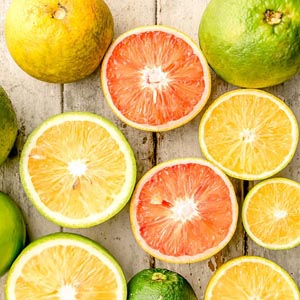Bioactive effects of citrus flavonoids and role in the prevention of atherosclerosis and cancer

Accepted: January 8, 2022
All claims expressed in this article are solely those of the authors and do not necessarily represent those of their affiliated organizations, or those of the publisher, the editors and the reviewers. Any product that may be evaluated in this article or claim that may be made by its manufacturer is not guaranteed or endorsed by the publisher.
Authors
Citrus fruits are the main fruits of the Mediterranean diet and have been long recognized for their beneficial effects on human health. Observational studies have shown a significant association between dietary flavonoid intake and reduced risk of cardiovascular and malignant diseases. The beneficial effects of citrus fruits on human health appear to be due to their high content in vitamins, minerals and fibers. In particular, the antioxidant and anti-inflammatory activities have been indicated as some of the mechanisms through which citrus fruits may thwart the development of chronic degenerative diseases such as atherosclerosis and cancer. This review would critically examine the results from numerous experimental and clinical studies carried out in order assess the contribute of citrus flavonoids to the prevention of chronic pathological conditions including atherosclerosis and cancer.
How to Cite
PAGEPress has chosen to apply the Creative Commons Attribution NonCommercial 4.0 International License (CC BY-NC 4.0) to all manuscripts to be published.

 https://doi.org/10.4081/jbr.2022.10313
https://doi.org/10.4081/jbr.2022.10313



